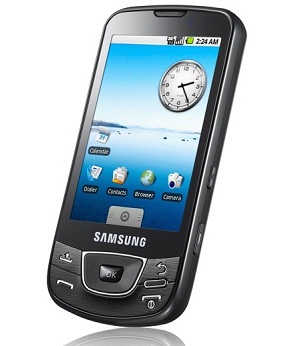The research company Kantar Worldpanel ComTech on Monday requested smartphone makers to target the U.K.’s over 45s, following the revelation that 17 million consumers in this age group have not decided to upgrade their mobile devices.
Kantar Worldpanel‘s global consumer insight director Dominic Sunnebo says their research proves that the area they should be focusing, so that they could sell mobile devices.
However, he reminded the handset manufacturers to be creative and should come up with their own design if they want to be successful in this age group. Usually, this age group is the hardest to please since they got a lot of expectations from a mobile device. Most of the people in this age group need a mobile phone, where they could do a lot of things, most of the time; they are going to use the handset on their business.
Sunnebo noted that such consumers want different things from their phone and added that 27% of over-45s picked their current handset for its user-friendliness, compared to just 12% of people that belong to the younger group.
In the same way, that late converters move towards physical keyboards and slider phones.
According to Sunnebo, 90% of smartphones come in the candybar form factor, compared to just 54% in 2009. This set of necessitates lies in stark stand out against the design direction that smartphone makers have been following lately.
 Smartphone design is at risk of turning out to be too standardized… With a lack of design separation, leading-name brands should work even harder in convincing consumers to choose their products over the competition.
Smartphone design is at risk of turning out to be too standardized… With a lack of design separation, leading-name brands should work even harder in convincing consumers to choose their products over the competition.
Kantar stressed addressing the U.K.’s over 45s corresponds to a new revenue opportunity for operators too: much like younger demographics, once that anyone, who belongs to the age of 45 has upgraded to a smartphone, the volume of mobile data also increases. The research firm asserted that 67% of people in the 55-64 age groups get into the cyber space through their handset, while 43% use mobile maps.
Kantar Worldpanel ComTech also issued its current smartphone numbers for the 12 weeks to 7 August, and discovered that Android accounted for the biggest of sales in all but one of the seven markets – the U.S., U.K., France, Germany, Spain, Italy and Australia – covered in the survey. Google’s smartphone OS got the second spot in Italy with a 32.5% share of the market, matched up to Symbian’s 32.8%.
Android manages to claim a 47.1% share of the U.K. market, with RIM (21.5%) and Apple’s iOS (20.8%) holding the top two and three spot. Kantar Worldpanel said smartphone sales billed for 68.5% of whole mobile handset sales in the U.K. over the last 12 weeks, and that 41% of the residents now possesses a smartphone.